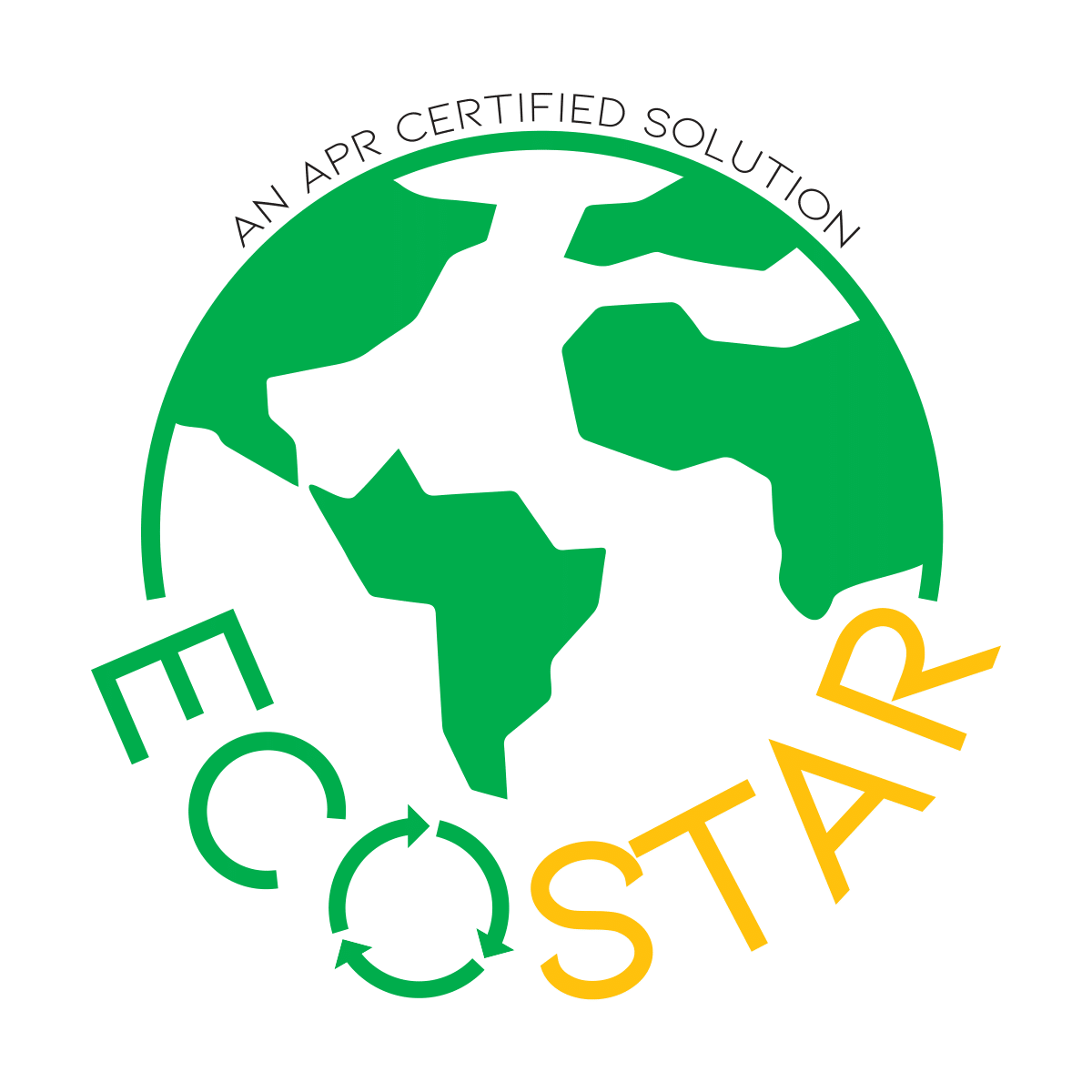The Keys to the Comfort Zone
Star Label Products’ purchase of a 12-station press helps it target small- to mid-sized customers who need combination, screen-printed primary labels.
Originally written on October 2006 By Chris Mc Loone in the Package Printing website
Founded in 1972 by Don Okumus (currently the company’s vice president), Star Label Products occupies a 35,000-square-foot facility with a segregated printing/finishing department for the pharmaceutical industry. The company manufactures pressure-sensitive labels including product, multi-layer constructions, IRC coupons, bar code, UL, CSA, thermal transfer. When Okumus founded the company, he did so with one Mark Andy 800 Series press. Today, it operates 10 Mark Andy printing presses and its capabilities include flexography, UV flexo, UV rotary screen, hot foil stamping, cold foil stamping, and embossing. Star Label prints labels for the cosmetic, health and beauty, pharmaceutical, medical device, food & beverage, electronics, and advertising markets. The company is headed by Okumus’s son, Shev Okumus. The most recent addition to its arsenal is a 12-color Mark Andy LP3000 press.
Star Label decided to get into rotary screen printing and combination printing to fill a part of the market that needed this capability. “At the time, most of the converters doing multi-color combination printing were large companies targeting large beverage and health and beauty manufacturers,” says Shev Okumus. “We wanted to produce combination labels for the small- to mid-size customer who needed a combination-printed primary label but was too small for the larger label converter that was set up to do long runs for the major companies. At the same time, it would have been difficult to get existing business from larger companies that had multiple products.” The up-front costs of screens is also an issue, especially when multiple copies are involved. “Once a customer makes this investment [in screens, hot stamping dies, etc.], it is very difficult to get its business unless it is having serious problems with its current vendor,” he adds.
Star Label went with the 12-color LP3000 for three reasons: requests from the market to quote screen work that required five stations; one of the company’s screen units was down for 10 days, rendering the company unable to meet ship dates; and the company was getting enough work for its existing combination press that it made sense to have a second screen/combination press.
“We already did quite a bit of screen work with our existing screen press that required using the four screen units that were on the press,” says Okumus. “About two years ago, we had one of the screen units go down and had a backlog of work that required all four units. Between troubleshooting and getting the parts from overseas, that station was down for 10 days. Our niche is turnaround, and we were not able to meet ship dates on some of these orders.”
The press Star Label added has 12 quick-change cassette stations and is the company’s first 13˝ wide press. It has five Stork screen units that can be placed in any of the 12 stations. “When we are not using the screen units, the hot foil unit, or the cold foil unit, all 12 stations are UV flexo stations,” Okumus says. The company is running quite a bit for beverage, cosmetic, and health and beauty markets using the five-station press.
Emerging trends
Keeping up with emerging trends and new developments in any industry is important. Sometimes more important is educating your own customers about these emerging trends. “We have been seeing quite a bit of specialty coatings being applied by screen,” says Okumus. “For example, glow in the dark coatings, heavy varnishes that are tactile and mimic embossing, and some Braille printing.” He adds, “We have already been involved in some of these trends. In addition, we are making our current and potential customers aware of what can be accomplished with rotary screen printing and combination printing.”
Ensuring customer confidence
The benefits of combination presses are well known, but how do these benefits translate into improved business? For Star Label, keeping customers in the comfort zone by having a second press to complete a job goes a long way. “It has provided our existing customers with a comfort level knowing that we have a second piece of equipment that their screen-printed or combination-printed labels can be produced on,” says Okumus. The addition of a fifth station also gives Star Label a competitive edge. According to Okumus, companies the size of Star Label do not usually offer the fifth station.
In the end, however, it’s all about service. “We are now able to offer our customers the service level that they are used to getting from us, knowing that if we have a long run, even if it is a two-week run, we can still turn the shorter runs around to meet their delivery requirements,” adds Okumus. pP


